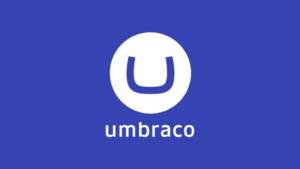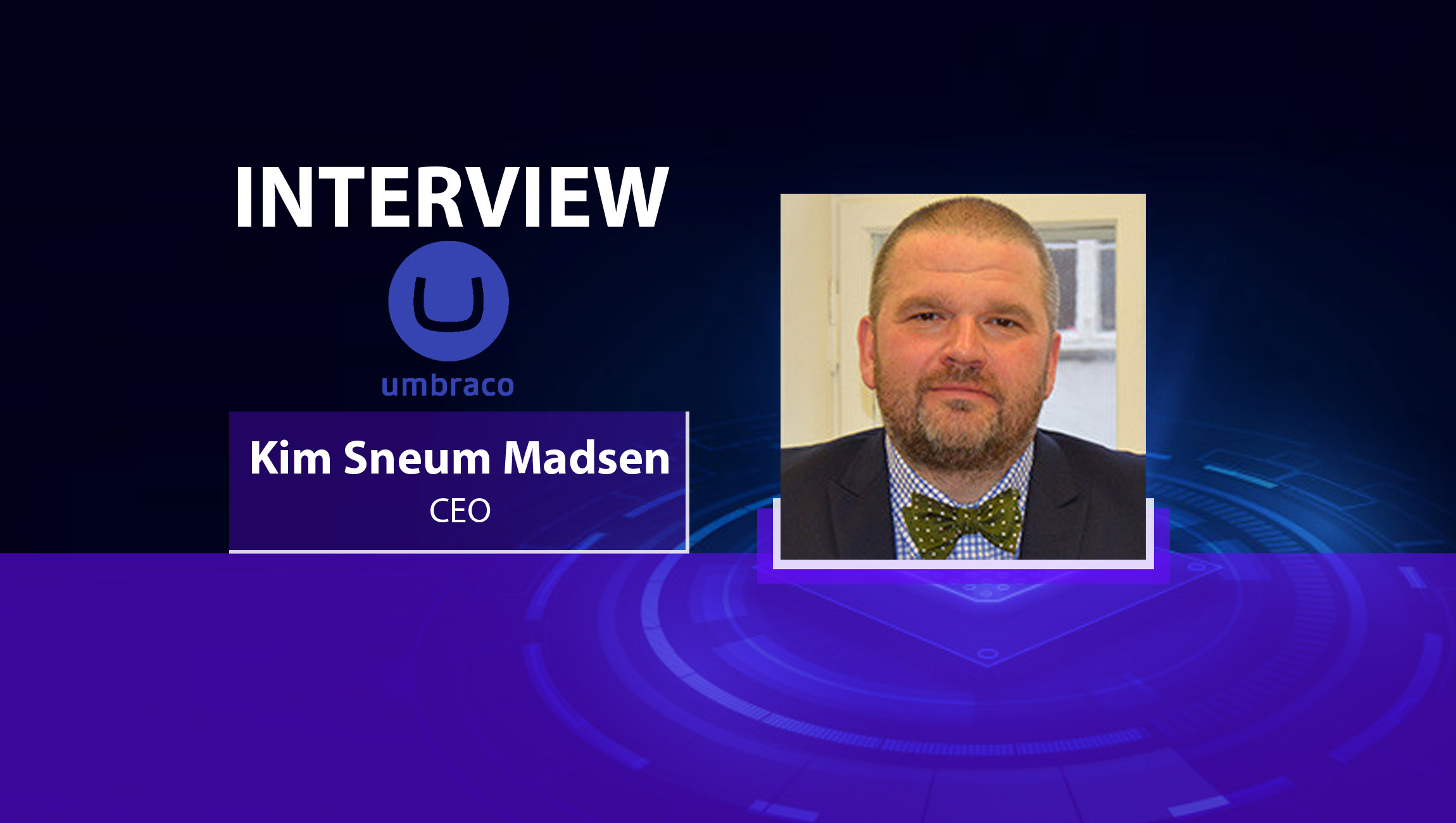Kim Sneum Madsen, CEO of Umbraco shares some thoughts on the future of CMS platforms and what CMS providers should be keeping in mind as they innovate further:
_____
Welcome to this martech chat. Kim, tell us more about Umbraco. We’d also love to hear a bit about your days being CEO or ‘’Chief Friend Maker’’ at Umbraco…
Umbraco is three things: Software – Community – HQ (company). Over the first 10 years, we were focused on creating our open source CMS through a community of engaged developers around the globe. During that time, the company itself was nearly forgotten. To remedy that, we’ve spent the last five years not only focused on growing the community (now 220,000 members strong) and expanding the reach of the software, but on building a proper company that can market, sell and support the software. By reinvesting all revenue back into the product/community/company, all three elements are now in balance and sustainable for further growth.
As for my Chief Friend Officer title, at Umbraco, we believe that success requires creating and nurturing friendships with developers and other contributors within the open source community, and it’s my job to lead the way. And it’s worked! Umbraco’s very active community, all involved in implementing the software for real-life digital projects, has helped make our software what it is today.
Marketing Technology News: MarTech Interview with Isobel Peck, Chief Marketing Officer at Informa Connect
How are you seeing CMS platforms innovate today, what are some top trends and features you predict for the future of CMS platforms?
Content is not enough anymore, and it hasn’t been for a while. A digital solution requires more, especially more interaction and transactions. As a result, we will see the rise of DXP even for smaller companies/organizations. There are basically two ways to achieve this – through acquiring martech tools, or the route we are going, making out-of-the-box integrations with a large number of martech tools enabling the customers/users to pick and mix their preferred tools. We call it “best-of-breed DXP.”
Other trends include:
- A strong movement towards empowering marketeers and editors to do more on their own. This low code/no code strategy is going to continue with full force for years to come.
- Privacy expanding on the global agenda. We will see that customers, especially in the United States, want to have a large chunk of data, if not all data, hosted within their own borders. This makes granting more control over cloud hosting a requirement.
- Developer experience, which is and will remain, an important driver for adoption. The better the developer experience, the more likely it will be adopted. The same goes for editors.
- Headless CMS evolves and grows, although traditional CMS solutions will still have a head start over headless used for web content as these are built to understand URLs, content trees, etc., all things editors intuitively use when delivering content. Whether headless is the new normal is yet to be seen.
In summary, in the CMS space, flexibility and ease of use, including third-party software, is key. To demonstrate that flexibility from the Umbraco side, we’re actually moving Umbraco to the .NET Core platform because that’s what an increasing number of developers are focusing on. Now they’ll have it with Umbraco.
Can you share your observations on the growing impact of AI on CMS platforms today and how this will reshape future technologies in content management?
There’s still much to be seen regarding the impact AI has on CMS platforms, but there are some obvious benefits it can bring. AI can help drive better—and to some extensive automatic—decisions on what content to present to your audience and can help you understand what content you have available and tag it automatically (image tagging). While some say that AI replaces the need for structure and system in the way things are done, I think it’s still too early to say. The same applies to whether AI can help create original content or result in conformity and uniform boring content. We’ll see…
What are some best practices that you feel users need to keep in mind to optimize use of their CMS?
It’s all about the editors. They are the ones delivering content, so build for them. Make sure to see them as the most important stakeholders. The editors need to be in control and have simple easy-to-use tools. Also, low friction and short time to market is super important, so enabling marketers/content editors to try things out on themselves with little or no development is important.
A few predictions that you have for the future of martech as a whole?
I expect to see a big increase in the amount and specialization of martech tools. The sheer number of tools available, some of them very niche and covering very specific areas, is a convincing argument for the continuation of this expansion. My second point is more of a “hope for” than a prediction. I expect to see more and more open source software coming on the market in different forms or shapes of models, such as open core. There should also be easier integrations from one software to another. As a software vendor of a martech tool, you need to look at your neighbors and complementary platforms and make as many plug and play solutions as possible. Finally, there will be continued importance on time to market, with simple platforms preferred.
A few takeaways for marketing leaders and CMOs/CEOs in 2021: top factors they should keep in mind as they plan for the rest of the year, innovate and expand their teams?
Continue full steam ahead! Digitalization is here to stay and will become increasingly important with even shorter life cycles for both big and small entities. Retain as much flexibility in your choice of platform as you can, though. With a short life span you don’t want to be locked into a specific technology/platform/system. Be ready to move on. Customers and agencies know they need to be better at digital marketing and business. And they should invest accordingly, as it will pay back in the future. Last but not least: Using best of breed implementation in a microservice architecture when building your DXP (large or small) because it enables you to have different life spans for your various components. You aren’t stuck with one complete solution that can’t be changed.
A few upcoming events at Umbraco to look forward to?
We’d love to invite everyone to attend our annual Codegarden event, which is virtual this year for the first time. It runs June 9-11, with free registration for developers, marketers and business owners alike at https://codegarden.umbraco.com/what-is-codegarden. The conference brings the Umbraco community together to share technical developments and recent use cases. We missed last year because of the pandemic so are thrilled to be back, even if it’s virtual!
Marketing Technology News: MarTech Interview with David Greenberg, CMO at Act-On

Umbraco is the friendliest, most flexible and fastest growing open-source .NET CMS in the world. It is used by more than 500,000 companies and web solutions around the world, from small business brochure sites to complex multilingual corporate websites.
Kim Sneum Madsen is the CEO (or as Kim says, the Chief Friend Maker!) of Umbraco











